
Why Estonia
An autumn trip to almost anywhere in Europe is likely to be for birds or mammals – though there will still be a few plants, butterflies and dragonflies to be seen. I chose Estonia because it was good for bird migration, and there was an opportunity to see bears and other mammals.
Several companies offered guided tours, and a study of trip reports showed that the Laheema and Alutaguse National Parks were the main destinations for mammal watchers, while Matsalu National Park and Saremaa Island were probably the best options for watching bird migration.
A local company, NaTourEst, offered an Estonian Birds and Mammals in Autumn tour which sort of fitted the bill, but we didn’t really want an organised tour, nor did we want to be limited to seven nights. However, they also offered an alternative tailor-made tour, or a smart self-guided tour.
Disclaimer: We used NaTourEst as ground agents, and paid for the trip ourselves. They had no idea that I was going to write about it here.
What, exactly, is a smart guided tour
According to NaTourEst’s website:
Our self-guided tour (SGT), using a smart device, is designed for active, adventurous people who appreciate independence and flexibility. SGTs offer the opportunity to visit the same nature areas as on our guided trips. With SGT, you will be your own guide and you can decide where and how much time to spend enjoying nature. With SGT, you don’t have to do the research for the best birding areas in Estonia – you can choose from our described destinations and plan your own itinerary. All locations are carefully chosen and are visited annually by our guides to ensure you will have updated information.
Right: a screenshot from the app.

How did it work
I exchanged a few emails with Peep Rooks at NaTourEst about when to go, what we were likely to see, and what it would cost. I asked for three or four nights at each of three or four places, plus a night in the bear hide, and the first night in Tallinn as the flight didn’t get there until 11pm.
NaTourEst arranged all the accommodations, including breakfasts (except at the bear hide), provided a car (four-wheel drive just in case), and also provided a phone app with the relevant sites for bird-watching (including where to park), accommodations, bear hide, etc. For each point on the app, there was some information plus a direct link to Google Maps GPS navigator. So long as the phone was charged, we could not get lost. There was also a suggested day-by-day itinerary, tailor-made to the species that were considered important for the time of year, and those we particularly wanted to see.

Where did we go
Tallin
Normally, we would have been met at the airport, and provided with a car and instructions there. However, with a flight arriving at 11pm, it seemed more sensible to use a hotel at the airport, and get the car the following day. The hotel turned out to be rather further into Tallin than I would have liked. However it did cater for people arriving after the reception closed, so it didn’t matter that the plane was late.
The car was delivered to the hotel at 9am (more or less), the paperwork was quick, and we were soon on our way. Having not driven on the right-hand side of the road for some years, and not being one to drive through any towns (never mind cities) if I can help it, I was really grateful to be led the first half kilometre or so in the right direction. After that, it was just us and Google.

Lahemaa National Park
For the next four nights, we were based at the Ammamoori Maja (Mother-in-law’s House) in the Lahemaa National Park. It was brilliant – warm, clean and tidy with trees and fields outside. It was basically a self-catering chalet, but Tiia was happy to provide breakfast and evening meals, and although we weren’t always sure what we were eating, it all tasted good and there was plenty of it.
Lahemaa is Estonia’s oldest and largest national park, located an hour so drive from Tallin. It has coastal features, post-glacial land features, bogs, forests, meadows, and is a mixture of farmed and semi-natural countryside. According to the Visit Estonia website Lahemaa is home to many wild animals— moose, wild boar, bears, and lynx. In the valley between Oandu and Altja, beavers are busy at work. Watch birds flying through the forest, and listen for several species of woodpeckers. The northern coast also attracts a large number of migratory birds every year.

Natourest had given us a dozen sites to look at. Despite a couple of wet days, we managed to visit nine of them. With a variety of habitats from bog to woodland, coast and freshwater, we were soon enjoying a variety of birds with a few butterflies and dragonflies thrown in. The app got us to each site and back to the accommodation as expected. At one site it said it should be OK to park on the roadside, but with nowhere to get right off the road next to the site, we found somewhere safer a few hundred metres away. It meant a walk along a paved cycle/walking route through woodland (part of the Baltic coast cycle trail – Eurovelo 10 and the Green Belt of Europe trail Eurovelo 13), so it wasn’t a problem, and I hope our feedback to the company reflects that.
One evening we tried to find some owl and woodpecker sites amongst the commercial forest just outside the park. Google navigator told us to turn onto a (forest) road that didn’t exist – at least, not directly from the man road. Then taking us a very long way around as I tried to approach the site from another direction. But once on the right road, it worked fine again. This is not a mark against NaTourEst, but a reminder that Google doesn’t always get it right!

Alutaguse National Park
Our next stop was the bear hide in the Alutaguse National Park, a couple of hours driving (at my speed) to the south-east. No problems with getting there, and we had time to visit Suigu Forest (above) first. It’s a patch of very old semi-natural forest amidst patches of managed forest. Without the app, we would have had difficulty knowing exactly when we were driving through it. There were no footpaths to follow, so we just parked and walked along the forest track and back, listening for birds.
From there, we went to a supermarket (marked on the app) to buy food for lunch and stuff suitable for eating in the bear hide (ie easy to eat as there were no cooking facilities, and without being wrapped in noisy cellophane). There was a restaurant nearby, but it was closed for the winter.
The bear hide was a wonderful experience, and I’ve given more detail in this post.
The app showed a few other places with potential interest in the Alutaguse park, but we decided to press on to Matsalu, as it was a long drive. In hindsight, I should have asked for somewhere to break the journey and stretch our legs. As it was, we just stopped in a roadside café for coffee and cake.

Matsalu National Park
Our four nights at Matsalu were spent at the Tuulingu Lodge, which is right next to the Tuulingu (or Haesku) observation tower. The Lodge itself is a converted barn, and as Ants, the owner, said, that means a few tight corners here and there. Our room was small and cozy, clean and warm. There were five other rooms of various sizes on the first floor. Downstairs was a common room, dining room (and kitchen) and a laundry room. Excellent breakfasts were provided, but not evening meals. With so many eating places closed for the season, we were grateful to be able to use the fridge and microwave in the dining room – though we had to go to the supermarket in Hapsalu to buy microwaveable meals, small local minimarkets did not seem to stock such things.
The best aspect of the Lodge was the observation tower. We spent an hour there every morning before breakfast (it would have been more if dawn had been earlier) and watched some spectacular sunrises as well as up to six sea eagles at a time, and thousands of waterfowl.
The national park itself comprises huge coastal meadows as well as the Matsalu estuary and islands. There are other observation towers – they really are the best way to watch over the expanse of coastal meadows – and we spent some time at Rannajõe and Keemu Towers. Thousands of cranes came to feed and roost at Rannajõe, and we also saw 3 black grouse flying across the meadow. It was also supposed to be good for elk, but we were unlucky there.

Away from the water, we walked along roads through farmland around Haeska village. This provided a different set of birds, including grey partridge and greenish warbler. Puise – this was more of a recce, as it wasn’t really a good time of day for bird migration, and we hoped the café would be open – but no sign of life there. On the way back, we stopped at the Põgari-Sassi viewpoint – the birds were distant, and there was not much to see without a telescope – but the information on the app had warned us about that.
We also followed a suggested route for owls and elk at dusk – it went without a hitch this time. Apart from a brief view of one owl, we saw nothing. But that is the way of nature watching, all you can do is put yourself in the right place at the right time and hope the wildlife does the same.
Not all of the best nature-watching places are in the national park, and NaTourEst had included a few points to the north. We got to the promontory at Põõsaspea in the late-morning, but it was still a worthwhile trip. Amazing passage of sparrowhawks, along with finches and pipits. More black-throated divers than we would see in a decade at home.

Saaremaa
Saaremaa is Estonia’s largest island, some 100km east to west. Ferry crossings were frequent. We could have got a ticket in advance, but decided we didn’t need the pressure of having to get there at a specific time. As it happened we just missed one ferry and had to wait only 35 minutes for the next. It was a dull morning with a cold breeze and a threat of rain. Sometimes you can see a lot of birds from the ferry, but this time there was very little around, and only the lone long-tailed duck was of note.
Our accommodation on Saaremaa was at the Loona Manor, on the western side, next door to the Vilsandi National Park visitor centre. Loona Manor was a slightly quirky place that seemed a little old-fashioned. Nevertheless, it was comfortable, and the lady who ran it went out of her way to make sure we had everything we needed. That included booking us a table at a nearby restaurant on the first night, providing a microwave and kettle so we could make meals in our room as their restaurant was closed for the season, and calling someone out on the Sunday to fix the electricity that went off in our part of the hotel.

Vilsandi National Park is located on the western coast of Saaremaa and counts within its territory nearly a hundred little islets and their surrounding sea. We visited several of the sites on the app, both inside and outside the national park. The Sõrve Peninsula on the southwest corner was particularly good for birds, and we were also able to climb to the top of the lighthouse there – fantastic views across the peninsula and out to sea.
We followed instructions about hiking around Turju Bay area, and later stopping along the coast road of Lõu Bay. The road along the coast here is another part of the Eurovelo routes and there were several information boards to explain the culture and the countryside.
The only mammal we saw on Saaremaa was a roe deer near the Loona Manor. The visitor centre was locked, though the sign suggested it should have been open on the Monday. We followed a path through the forest as described on a leaflet at the hotel. It was pleasant enough, except for the Elk Flies. These pesky little critters parasitise elk and deer, and will usually abandon any other mammal they land on as soon as they realise their mistake. But it takes time for them to do this – they have to work their way through your layers of clothing to get to your skin. They are persistent and difficult to get rid of.
The last day
NaTourEst had advised us of the last ferry we could take that would allow us to get back to the airport in time, and we chose to take an earlier one anyway. I think if I had been navigating, I would have taken a different route than that given by Google just to avoid the traffic jam in Tallinn. We met Tõnis near the airport, and I was relieved to at last hand over the driving to someone else – driving on the ‘wrong’ side of the road was still a stressful activity for me.

Did we see the species we wanted to see?
We aim to enjoy being in a place, and the birds and other wildlife are the icing on the cake. It is helpful to have a list of species that we’d like to see, but it doesn’t matter too much if we don’t see all of them.
How many bird species did we see? 110
The guided version of this tour, at the same time of year, suggests we could see the following (but not everything is seen on every trip):
- Owls (Ural, Pygmy, Tengmalms) – we had brief views of the first two
- Woodpeckers (White-backed, Middle-spotted, Grey-headed, Three-toed, Black Woodpecker.) We saw three of the five.
- Cranes and Geese – thousands of cranes were passing through to winter in Spain and other points to the south, and large flocks of geese were moving in.
- Arctic Waterfowl – the unseasonally warm weather had slowed down migration, so many species just hadn’t arrived yet. And most of what was there had no need to be sheltering close to shore, so we didn’t see as much as we might have done. But the sight of hundreds of black-throated divers passing Põõsaspea made up for it.
- Black and Hazel Grouse, Capercaillie – most tours seem to get brief glimpses of these species, and although I’d hoped that having a bit more time would increase our chances, it was not to be. One good (if distant) view of three black grouse, one brief view of a hazel grouse, but no sign of a capercaillie.
- Nutcracker – one brief view
- Waxwings and Rough-Legged Buzzards – these are occasional winter visitors, so we were not surprised that we didn’t see any.
- Elk was the real disappointment, as this was supposed to be a good time to find them during the autumn rut
- Ringed Seal, I had hoped to find information about seeing ringed seals in the Vilsandi NP, but with the information centre closed, we had no idea where to look (I hadn’t asked NaTourEst specifically about this species)
- Beaver, we didn’t go looking for beavers, having seen them elsewhere but would have expected to see signs of them in Laheema if it hadn’t been for the rain.
- Brown Bear was almost guaranteed at the hide
- Wolves and lynx would have been the cherry on the top – I really didn’t expect to see either, so couldn’t be disappointed.

What would we do differently another time?
Cruising the forest tracks looking for elk and other mammals (and owls) at dusk was rather disappointing. Another time I would ask for a guide for this part – especially as the guided mammal tours this autumn saw lynx on each trip. Maybe we were just unlucky, or more likely we just didn’t have the skills to be looking in the right place at the right time.
I also realised that, as the driver, I would probably not have been able to take any photos easily even if we had seen something of interest.
So, the important questions.
Did we enjoy it? Yes.
Will we do a smart guided trip again? Yes. The format of being able to take our time, but knowing we will drive to exactly the right place every time, is very appealing.
Would we recommend NaTourEst? Yes
Bookshop
This seems to be the best book for birdwatching in Estonia. It does include lat-long coordinates for places, but having them ready-programmed into NaTourEst’s app made places so much easier to find.



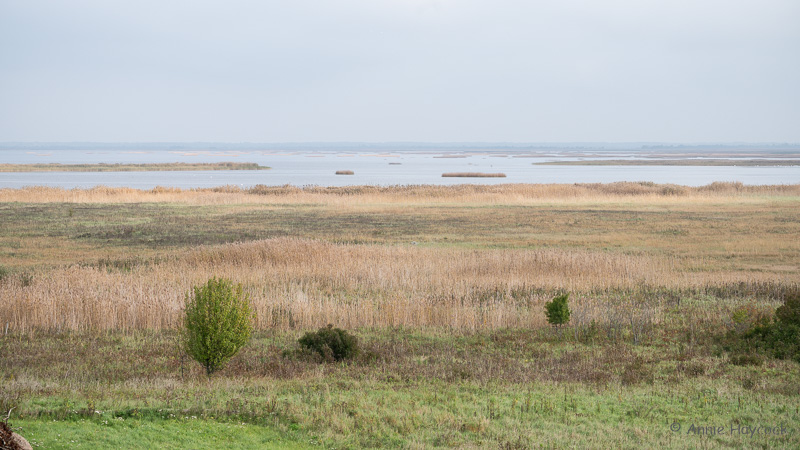
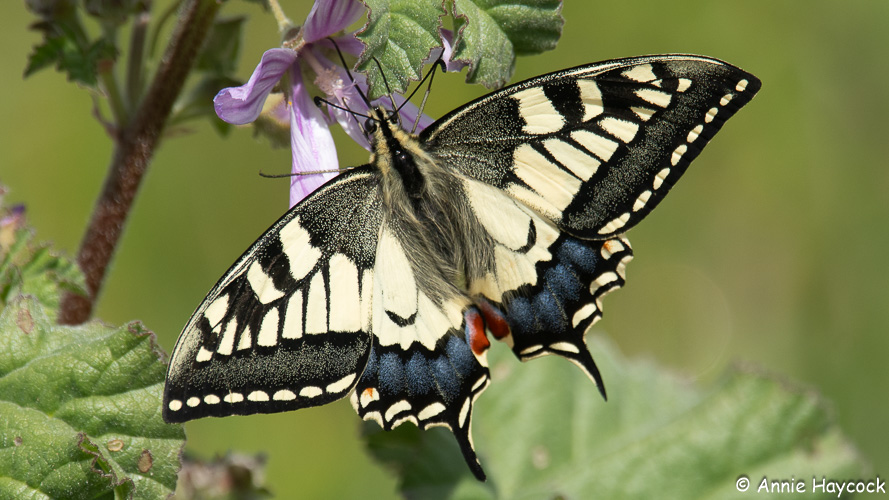
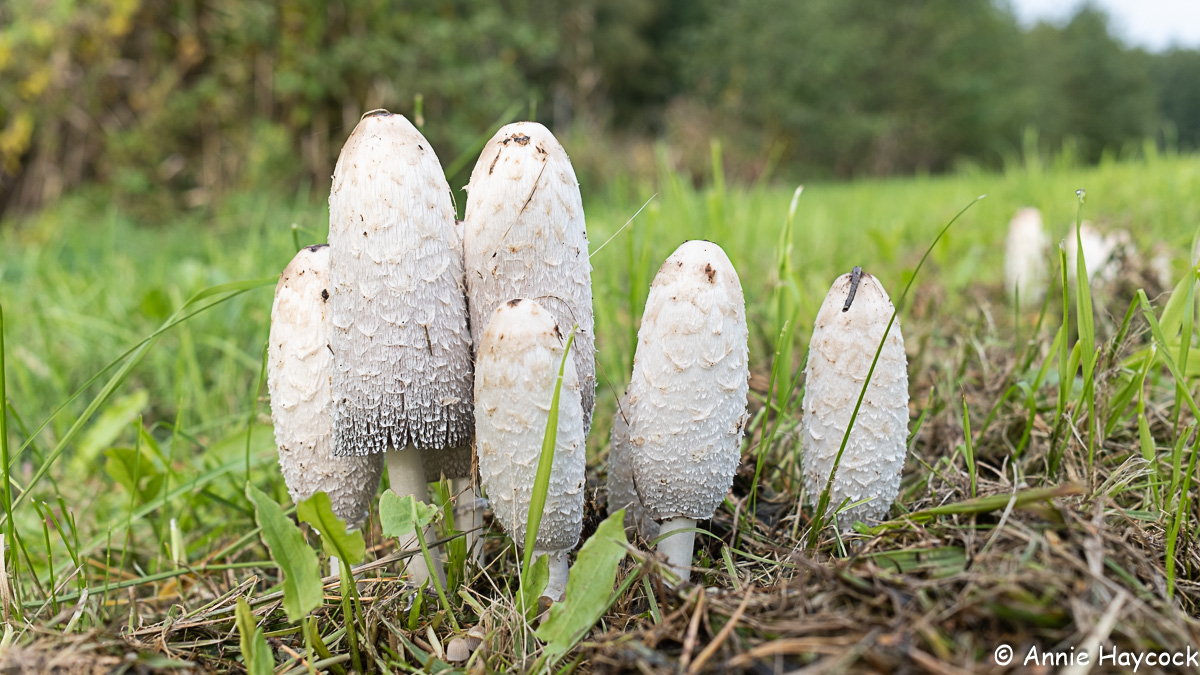
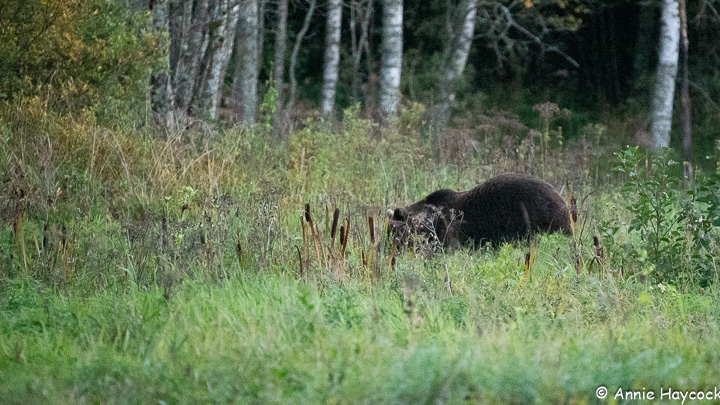
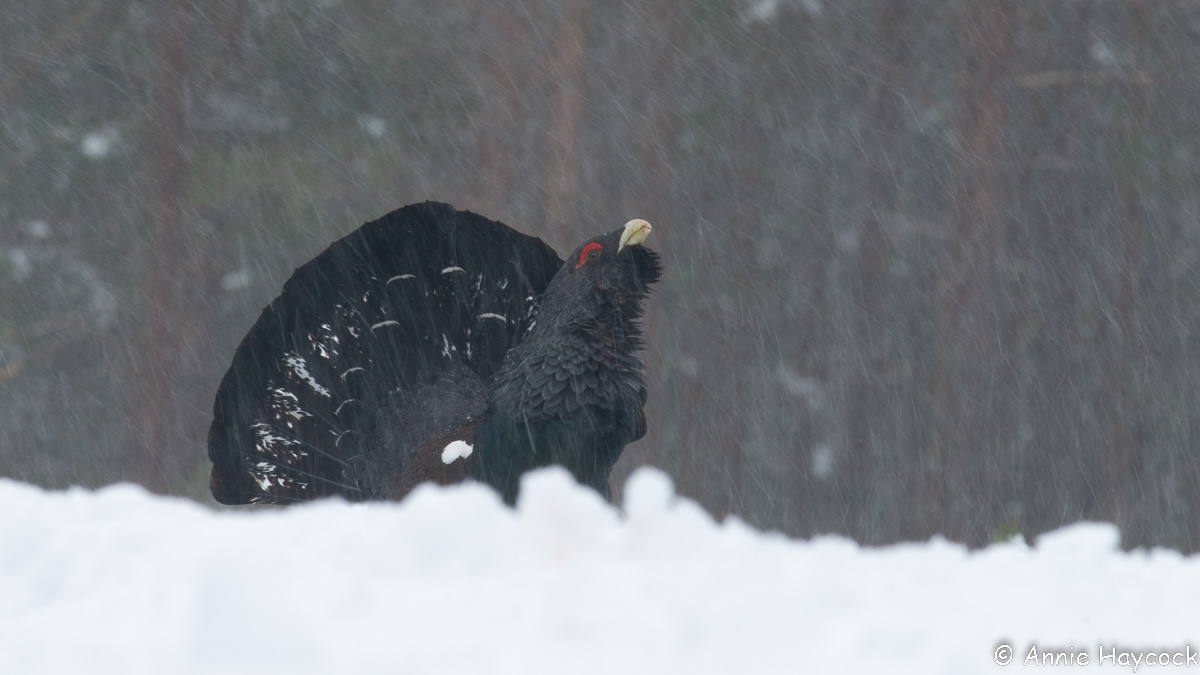
The best guide post to read about Estonia. Thank you for all the info you provided.
LikeLike
Thank you.
LikeLike
I had no idea that Estonia was such a great place to see wildlife! As a birder and wildlife nut, I’d love to take this tour.
LikeLike
Thank you. I hope you get there one day.
LikeLike
OMG this is right up my alley! Estonia was on our list when we abandoned our itinerary during Covid. We hope to make that happen again maybe in ’24. This would be the perfect way for us to enjoy it. Oh and the Bear Hide! I’m all over it. Saving for planning!
LikeLike
It was one of the trips we had to abandon due to Covid, too. Did you see my other post about ideas for Estonia? https://naturewatchingineurope.com/2022/07/06/estonia-resources-for-nature-travellers/
LikeLike